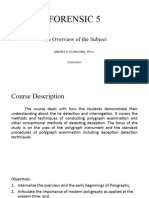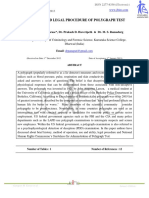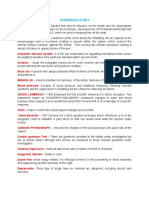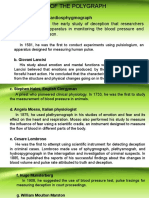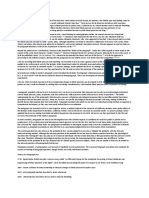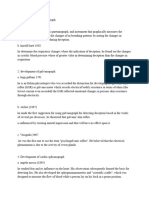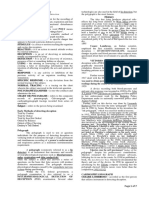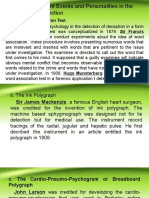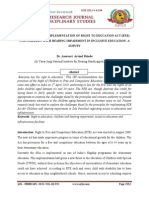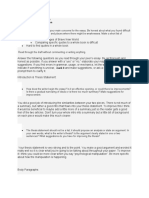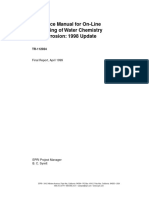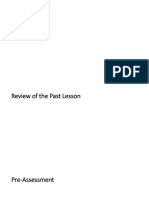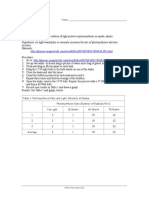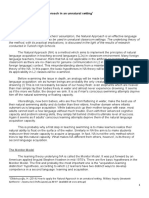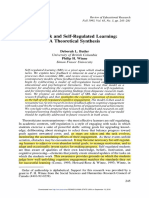0% found this document useful (0 votes)
96 views6 pagesHistory of Lie Detection Techniques
This document discusses the history and development of the polygraph or lie detector. It describes several important contributors: Daniel Defoe who first suggested using pulse to detect lies; Charles Fere and Jacques D'Arsonval who discovered the body generates electricity and sweat glands can store/discharge it; Christian Stoelting who founded a leading supplier of physiological instruments; Angelo Mosso who used a plethysmograph to study physiological changes under stimuli; and James Mackenzie who refined the clinical polygraph instrument. Later contributors refined polygraph instrumentation and techniques including Leonarde Keeler, John Larson, William Marston, and the development of the Control Question Technique.
Uploaded by
Ella RafaelaCopyright
© © All Rights Reserved
We take content rights seriously. If you suspect this is your content, claim it here.
Available Formats
Download as PDF, TXT or read online on Scribd
0% found this document useful (0 votes)
96 views6 pagesHistory of Lie Detection Techniques
This document discusses the history and development of the polygraph or lie detector. It describes several important contributors: Daniel Defoe who first suggested using pulse to detect lies; Charles Fere and Jacques D'Arsonval who discovered the body generates electricity and sweat glands can store/discharge it; Christian Stoelting who founded a leading supplier of physiological instruments; Angelo Mosso who used a plethysmograph to study physiological changes under stimuli; and James Mackenzie who refined the clinical polygraph instrument. Later contributors refined polygraph instrumentation and techniques including Leonarde Keeler, John Larson, William Marston, and the development of the Control Question Technique.
Uploaded by
Ella RafaelaCopyright
© © All Rights Reserved
We take content rights seriously. If you suspect this is your content, claim it here.
Available Formats
Download as PDF, TXT or read online on Scribd
/ 6











